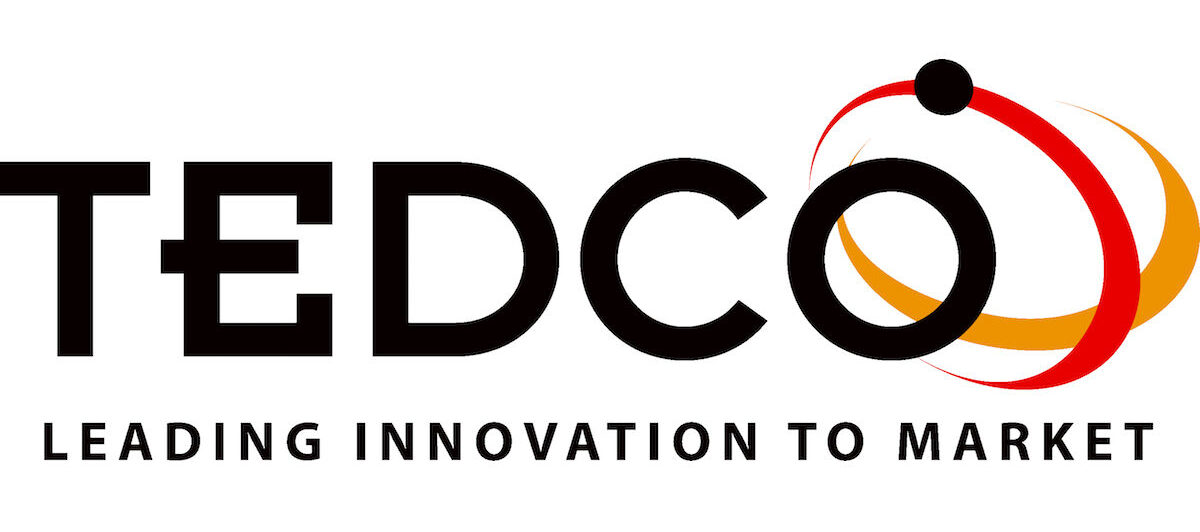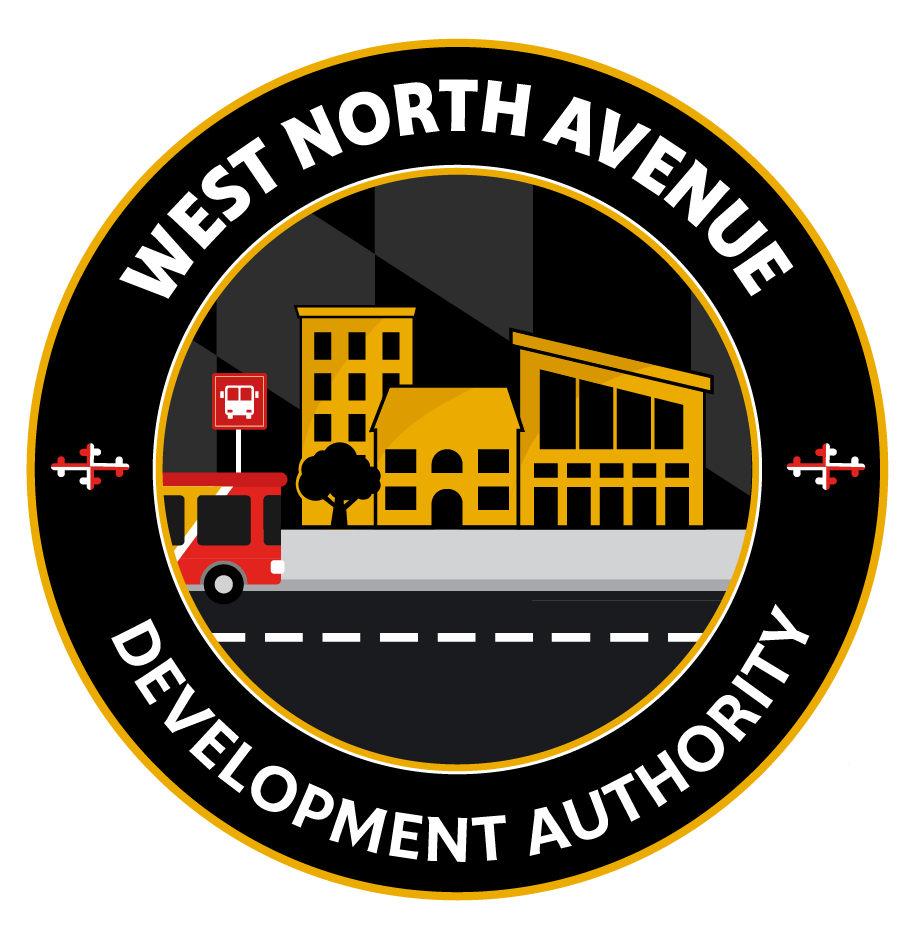Towson economist predicts gloomy 2017 with little job growth
Baltimore, MD – Maryland’s economic outlook heading into 2017 looks gloomy with slower than average job growth likely.
That dismal prediction came from Daraius Irani, chief economist for the Regional Economics Studies Institute at Towson University, as he addressed the Mid-Atlantic CFO Roundtable Friday at the TU Incubator. Irani said the state faces an uphill climb if there is another recession.
“We have a lot of uncertainty going on in our economy,” Irani said. “There are a lot of things pushing against us as a state.”
Typically, Maryland has seen job growth of about 2 percent or 2.5 percent, but Irani predicts growth of 1.75 in 2017 and less than 1 percent growth in 2018-2019.
Irani said there is a 40 percent chance of a recession in the next 40 months. The recovery after the Great Recession has been the longest of any economic recovery since the 1960s, but a rapid increase in gas prices could become a catalyst.
Maryland faces particular challenges if there is a recession because federal government spending accounts for 12 percent of the state’s economy. Spending is the only tool the federal government has available because raising interest rates will not jumpstart the economy, Irani said. However, gridlock in Washington has made it hard to increase spending going forward.
“There really is no good policy tool left,” Irani said.
The presidential election makes the outlook even murkier. While there has been economic uncertainty during Barack Obama‘s presidency, the election has raised uncertainty to new levels, Irani said.
If Democratic nominee Hillary Clinton is elected, there will be still be times of economic uncertainty, Irani said, but she would face the same challenges Obama has had and likely handle them similarly. But when it comes to Republican nominee Donald Trump, Irani said no one knows what would happen.
“With Hillary, her uncertainty is certain. With Trump, there’s just uncertainty. He says things and often reverses things, softens them or switches positions,” Irani said.
About 55 percent of economists think Clinton would better manage the U.S. economy, Irani said.
Meantime, going back to job growth, Irani said the main challenge is jobs are changing faster than the rate of employment can keep up with that change. There are 5 million jobs available, he said, but people do not have the skills needed to fill those jobs.
That has led to lower labor force participation, which has dipped down to 62.6 percent.
Part of the problem has been the education system’s reluctance to change, Irani said. People can get skills and certifications through a quick course online, but to get a master’s degree they have to enroll in a multi-year program.
###
Holden Wilen, Reporter
Baltimore Business Journal
hwilen@bizjournals.com



